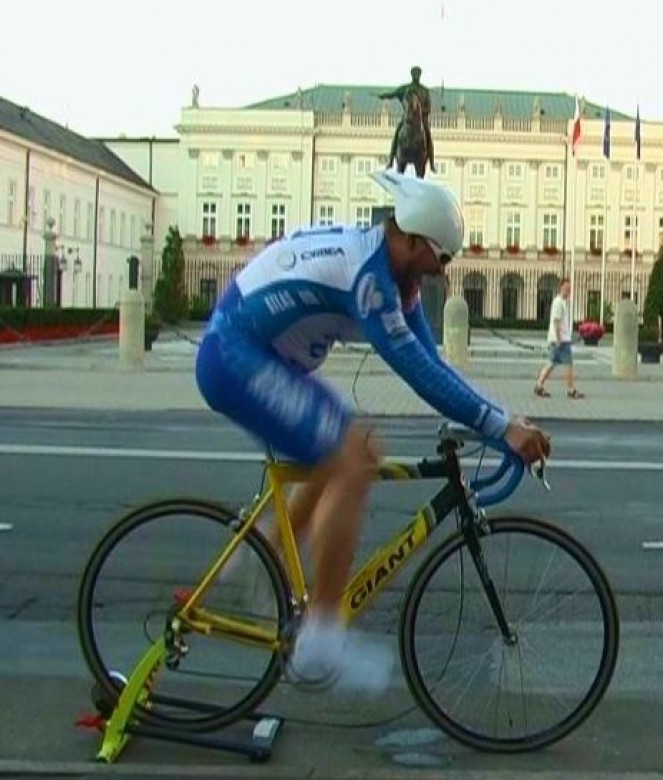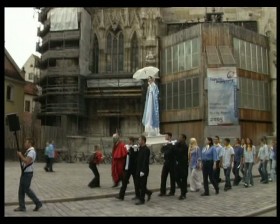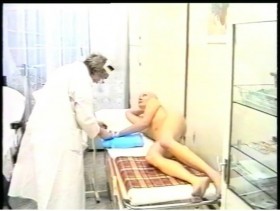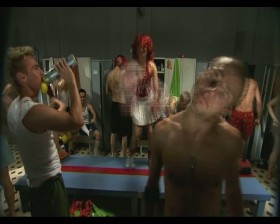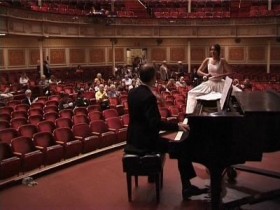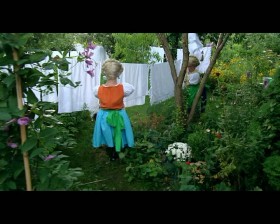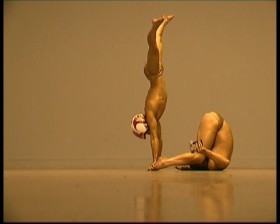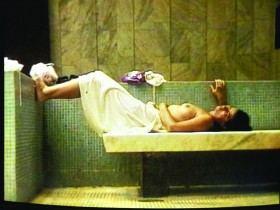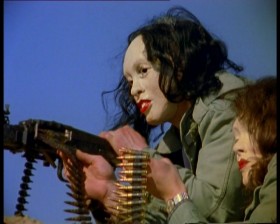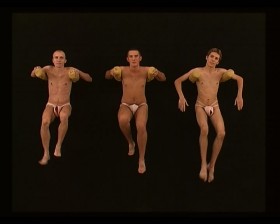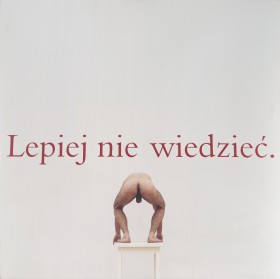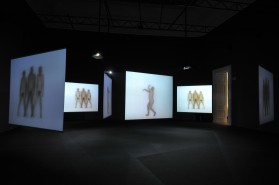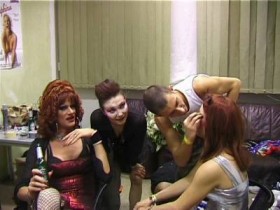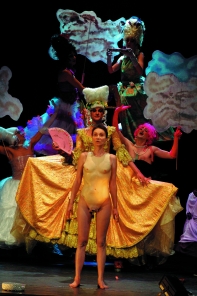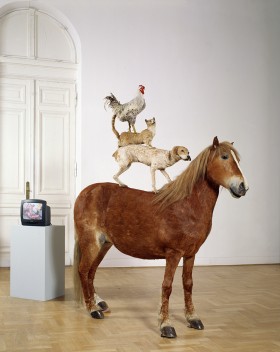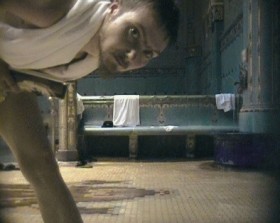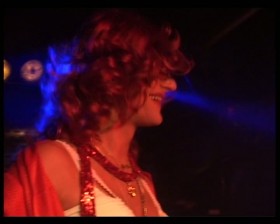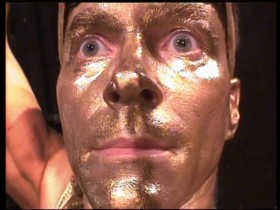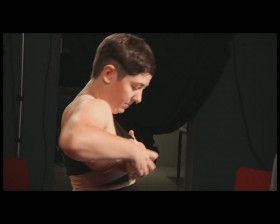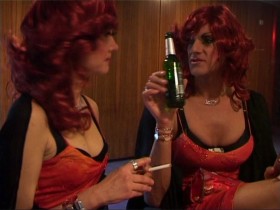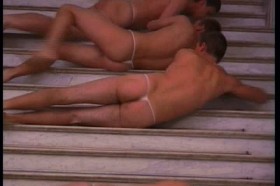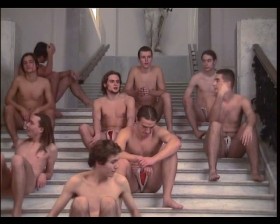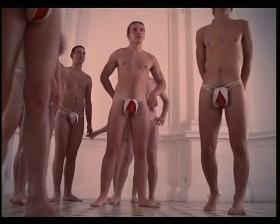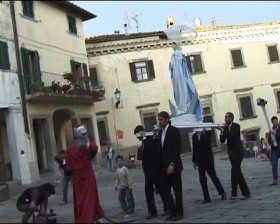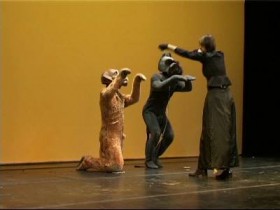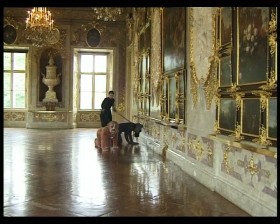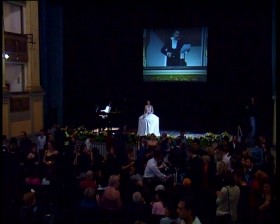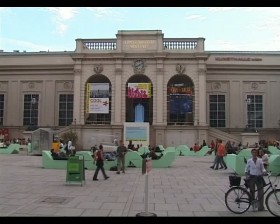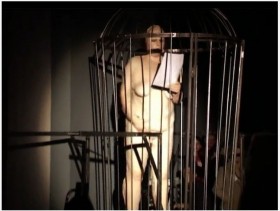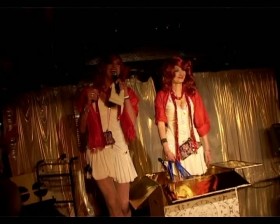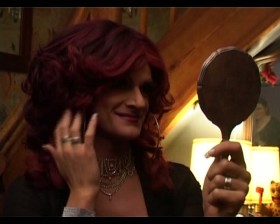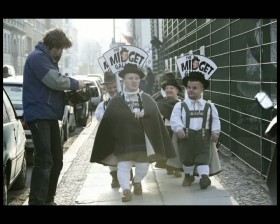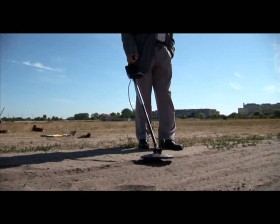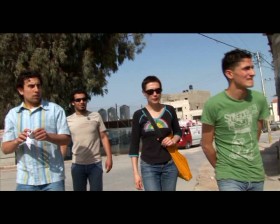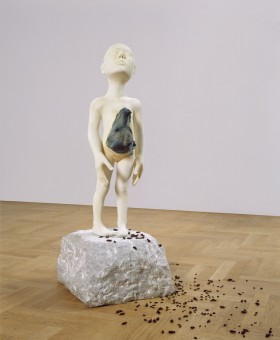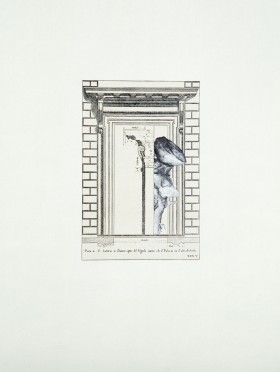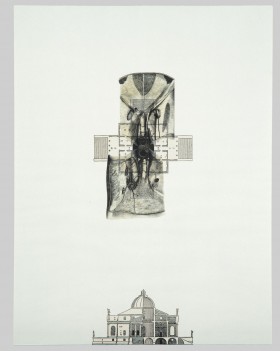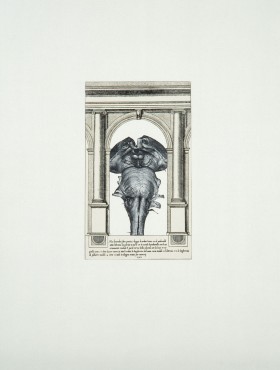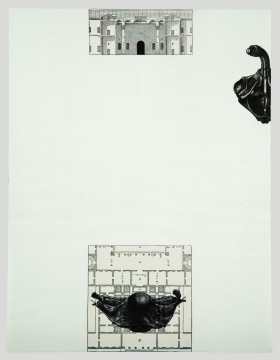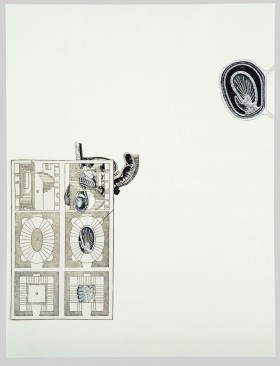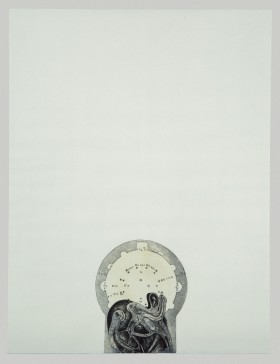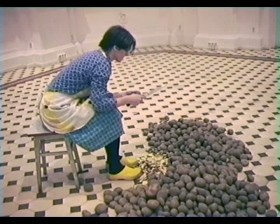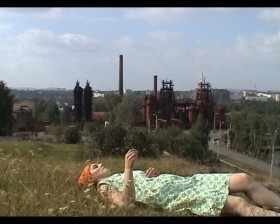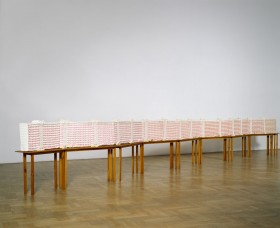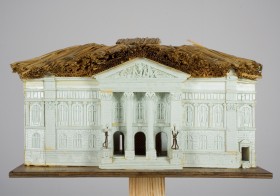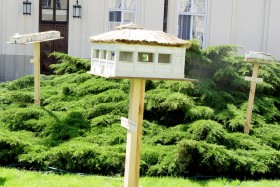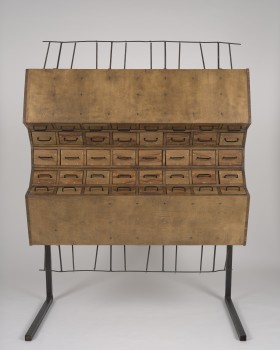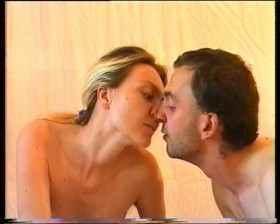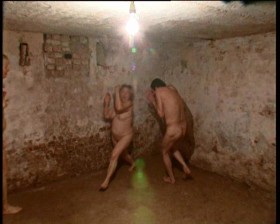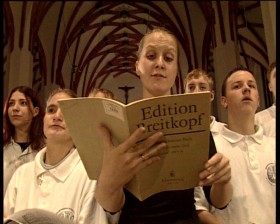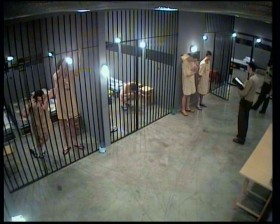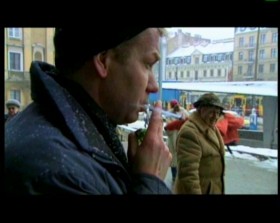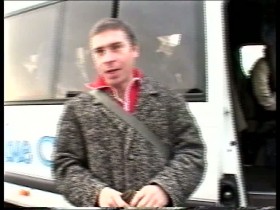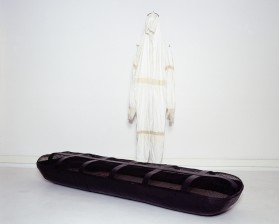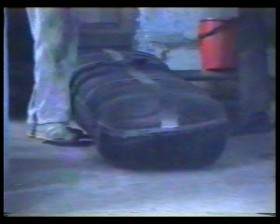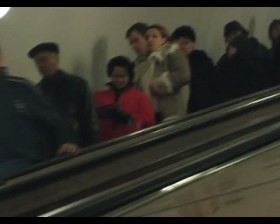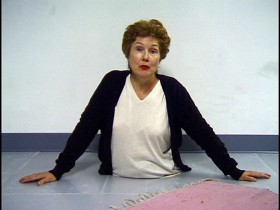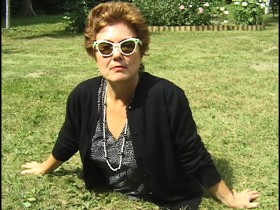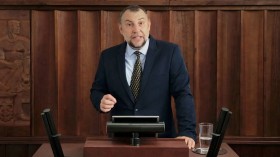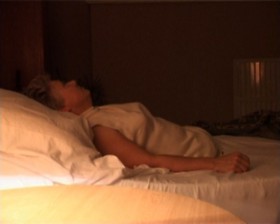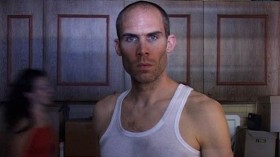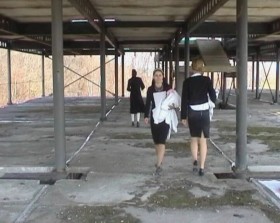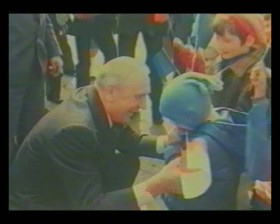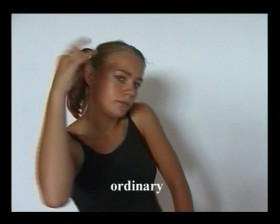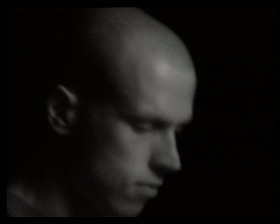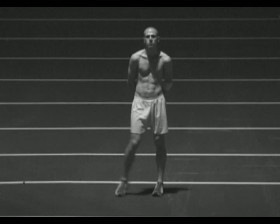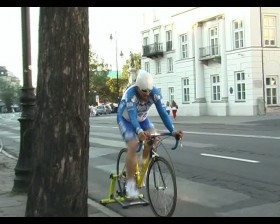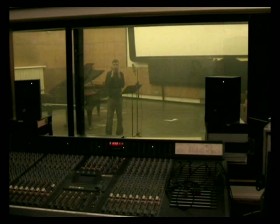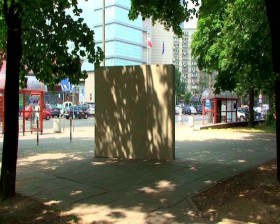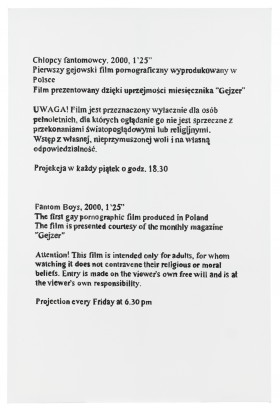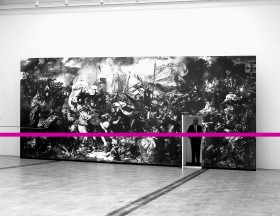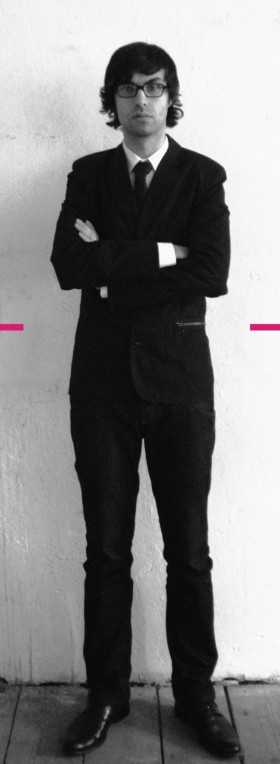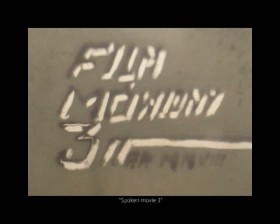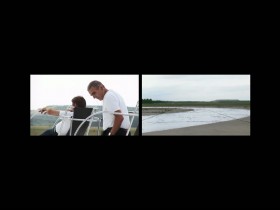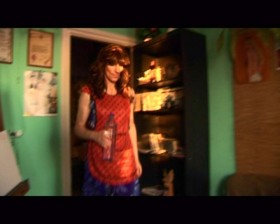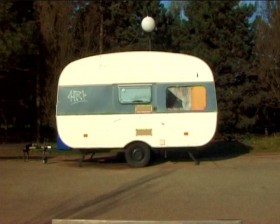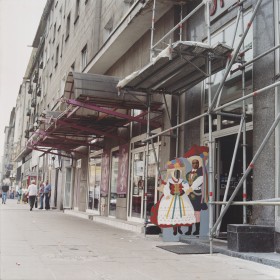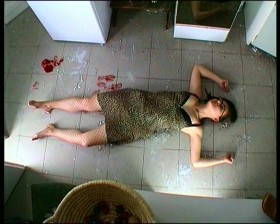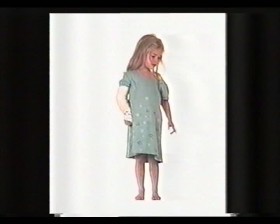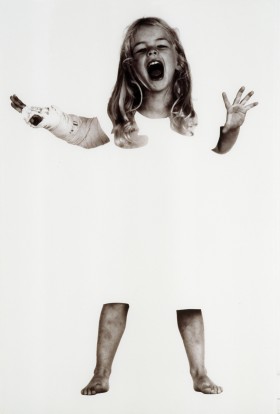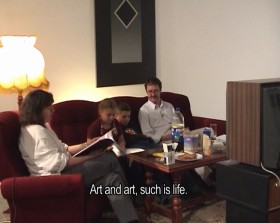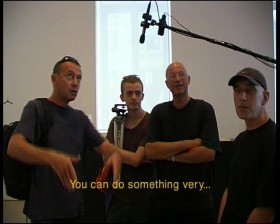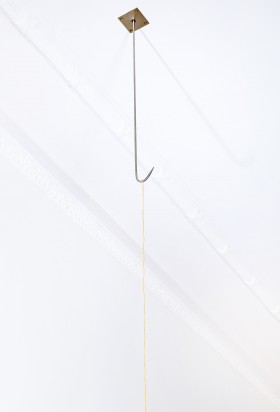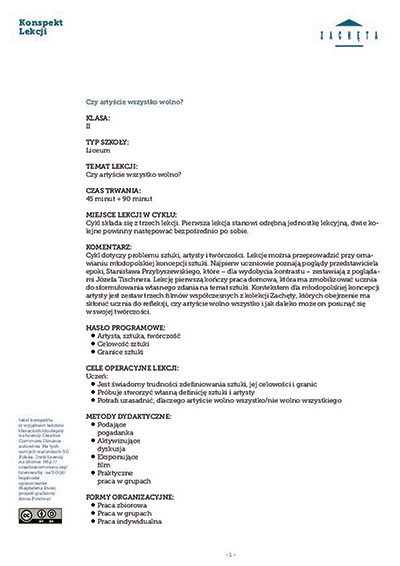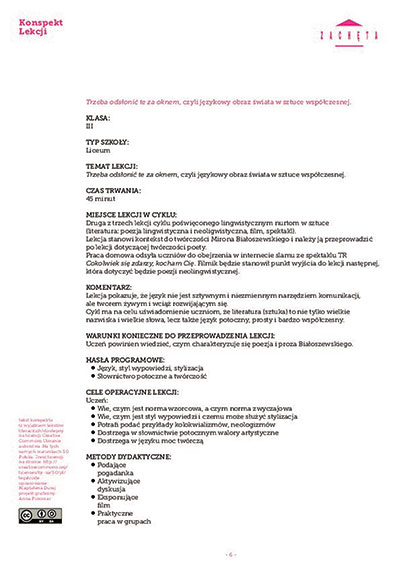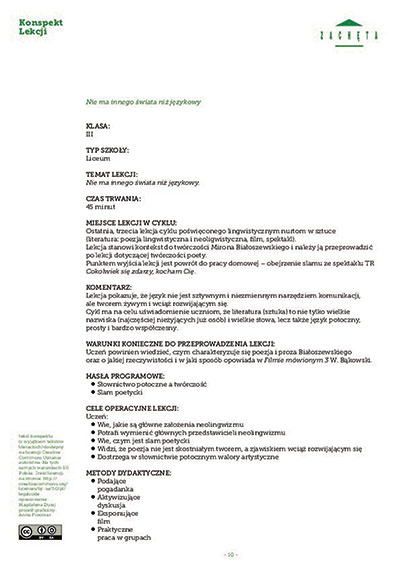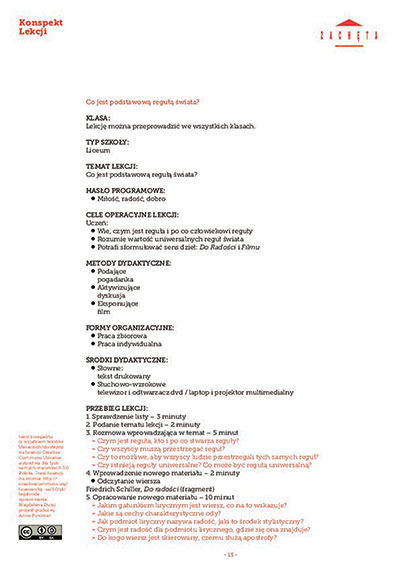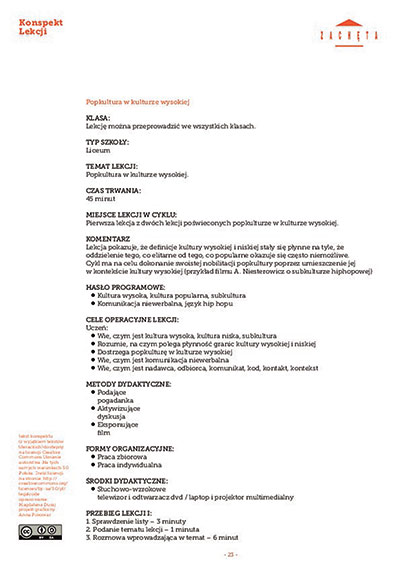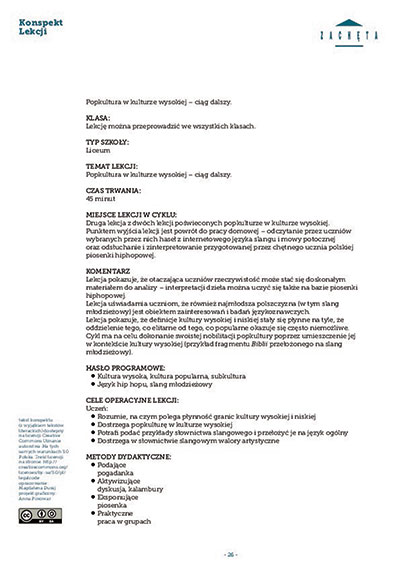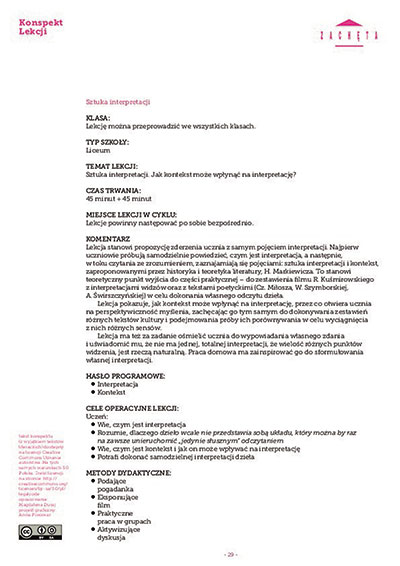Spectrum. From the Zachęta Video Collection Screenings in the ursula blickle videolounge
02.05 – 29.05.2011 Spectrum. From the Zachęta Video Collection Screenings in the ursula blickle videolounge
Kunsthalle Wien
Zachęta is an institution whose roots date back to the mid 19th century (as the Zachęta Fine Arts’ Society) and whose mission both was then, as it is now, the promotion of contemporary art, albeit understood rather differently in different epochs. Zachęta possesses its own collection of contemporary art, a collection whose particular character has been formed as a result of the historical changes the gallery has witnessed in Poland and at times been a participant in. After the Second World War, the enormous collections of Polish art gathered by the Zachęta Society of the Fine Arts during the 19th century were transferred to the National Museum. Meanwhile, in place of the Society was inaugurated the Central Bureau of Artistic Exhibitions, an institution designed to realize the then cultural politics of the state, an aim also realized through the purchase of works of art (in the times of real socialism, the State as the only patron purchased works from artists on a broad scale). This collection, uneven from an artistic perspective but fascinating from a political one, has been systematized and transformed into a genuine collection by the Zachęta team only from the 90s onwards. For it was at this point, after the change of system, that Zachęta became a National Gallery under the aegis of the ministry of culture with an autonomous programme and the potential to make independent purchases of works for the collection.
The video collection was begun at the end of the 90s. As is the case for the remainder of the newest elements added to the collections, amongst the videos are to be found works of which Zachęta was the co-producer. A part of them was made on the requirements of exhibitions and projects organized by the gallery in Poland and overseas (such as the Venice Biennale).
The compilation of video presented in ursula blikle lounge is a selection of works from the Zachęta video collection. The programme of the thematic screenings of videos is a spectrum, in other words a certain organized selection of phenomena and concepts analysed by the films’ authors. It is a presentation of works of the newest video art in Poland, created by outstanding artists of the young and middle generation. The screenings that comprise the project Spectrum have been divided into the following thematic blocks: sound, gender, social portrait and roles. The selection made was dictated in part by the technical conditions of the place of presentation – the videos selected were one channel projections, whose theme and aesthetics made them appropriate to be shown in the proposed form. The choice of these works was also an attempt to underline the range of themes that Polish video artists engage with. It shows both a cross-section and the spectrum of problems relevant today in Polish art. This should not be treated as a full picture, but rather as an overview of Polish video art of the last two decades. The artists make use of a variety of film techniques – from animation to the aesthetics of documentaries, films or television (for example, reality shows). Through the medium of the camera, they record the signs of the times in which they work.
[[MORE]]
Spectrum. From the Zachęta Video Collection.
Screenings in the ursula blickle videolounge
Kunsthalle Wien
02–08.05.2011 SOUND
09–15.05.2011 GENDER
16–22.05.2011 ROLES
23–29.05.2011 SOCIAL PORTRAIT
SOUND
Sound, music and silence – we hear them around ourselves, our daily lives are played out in an audio-sphere determined by the environment in which we live and evolve, and also by our own physiological make-up. Only its disturbance or a change causes attention to be paid to the specificity of this sphere. Althamer creates an untypical audio background in the labyrinths of the Moscow metro by inviting a choir of professional singers to perform in a joint action. It is with the help of music that the characters of Katarzyna Kozyra’s fairy-tale Summertale communicate with one another and it is equally music which finally frees the unusual location of the film’s action as well as its heroes from the spell cast over them. In contrast, Anna Niesterowicz’s HH surprises the viewer with its total silence – by depriving the film of a soundtrack the attention of the viewer is concentrated on the gestures of the dancing girls. Karol Radziszewski, in the work Praise the Flowery Meadows, creates a duet: he records his singing, editing it in with songs sung by his grandmother. Artur Żmijewski, working with a deaf-and-dumb choir records very different sounds.
- Paweł Althamer, Choir in the Moscow Metro, 2004, video, 13.05min
- Katarzyna Kozyra, Summertale, 2008, video 19.58 min
- Anna Niesterowicz Anna, HH, 2002, 9 min
- Karol Radziszewski, Bless the Flowery Fields, 2007, 6.36 min
- Artur Żmijewski, Singing Lesson 2, 2003, video, 16.3 min
GENDER
The question of gender, as a set of features that are as much cultural as physiological, as a defining instance in deciding the social functions of a person, has become an object of works by artists. Anna Baumgart, for example, returns to the tendency of the former stereotypical depiction of women: hysteria and ecstasy. Here work relates to the problem of the auto-aggressive behaviour of women that in the contemporary world has become a signal of psychological problems, despair, expressed in the language of the body – while still remaining a subject of taboo. Aldona is the portrait of a transsexual who tells of his/her life. Aldona’s day is at the same time the story of her transformation from a man into a housewife, caring for her partner, her appearance and the home. In the pop video Cheerleader, Katarzyna Kozyra comments on femininity as created by American stereotypes. Julia Wójcik in her turn, during a performance recorded in Zachęta’s Mały Salon, makes reference to the feminist manifesto-actions of the 1970s. The character HalfAWoman created by Jacek Malinowski is a woman suffereing from PDS (Pelvic Degeneration Syndrome), as a result of which she has lost half her body. The use of documentary conventions means that the viewer believes in this story without reservation. Illness has made it impossible for the heroine to participate in a society, although she herself has no desire for this to be the case.
- Anna Baumgart, Ecstatics, Hysterics and other Saints, 2004, video, 11 min
- Piotr Wysocki, Aldona, 2006, video, 15 min
- Katarzyna Kozyra, Cheerleader, 2006, videoclip, 4.3 min
- Julita Wójcik, Peeling potatoes, 2001, video, 10.05 min
- Jacek Malinowski, HalfAWoman, 2000, video, 12.4 min
ROLES
Taking on the role of a different character is not something that in the works presented should be understood as remaining on the level of an actor’s “playing” a director’s instructions. It is rather a result of studio work and emotional experiences. In Marta Deskur’s work, children turn into wild animals: they bark at the viewer, take up threatening poses and strive for the associations that the given animals provoke in them. Paweł Kruk, in preparing for his degree work Larger Than Life, watched many interviews with Michael Jordan into order to play this figure more fully: the text spoken by the artist are fragments of authentic interviews by the sportsman, with care taken to repeat every gesture, mimic or pause of the recited phrase as closely as possible. The master of mystification Robert Kuśmirowski takes on the role of a cyclist who cycles a given distance on a motionless bike. Artur Żmijewski in Repetition makes reference to the famous Zimbardo experiment. Through this he demonstrates how human conduct is conditioned by particular social functions and the behavioural clichés attributed to them. Joanna Rajkowska in collaboration with the Freedom Theatre records actors’ workshops. The task the participants are set is to try to express the emotions linked to the tense political situation in Jenin and the social roles of those who participate in it.
- Marta Deskur, This is Clara and This is Pico, 1998, video, 2.11 min, 4.39 min
- Paweł Kruk, Langer than life, 200, 9.3 min
- Robert Kuśmirowski, One Hour Ride on Time, 2007, video
- Artur Żmijewski, Repetition, 2005, video, 40.2 min
- Joanna Rajkowska, Camping Jenin, 2008, video, 34.2 min
SOCIAL PORTRAIT
From details to a general view – thus you could describe the strategies used by artists creating social portraits. AZORRO’s Family is a staged and over-exaggerated discussion between the members of a fictional family. A lazy afternoon drifts by with them discussing contemporary art and its classic artists. Unnatural dialogues on the theme of classic works of contemporary art reveal the artifice of the family relations. Bąkowski’s Spoken Movie is an anonymous portrait of a person and his frustrations. The thoughts of a participant in a grey and repetitive everyday are expressed in the specific language of the artist’s poetry. Alicja Karska’s Space design and organisation, on the other hand, is a portrait of a place – the artist returns to the ruins of a hotel, in which through a rhythmic choreography she recreates the routines of service: the uniforms, repetitive movements and continually the same retrodden paths. In a similar way, Julita Wójcik’s film Idyll concentrates the viewer’s attention on a place. The work presents the artist lying on the grass in the sun against an industrial background with the smoking chimneys of factories creating a worrying scratch on the overall view of the place. The artistic group WUNDERTEAM, in their turn, portray the homeless guard of the Magdalena Abakanowicz statue at the Citadel in Poznań. The comments of the hero of the film create an image of the people who view art in public space and lead to a wider reflection concerning the status of a work of art in today’s society.
- Wojciech Bąkowski, Spoken Movie 3, 2004, video, 9.41 min
- AZORRO, Family, 2004, video, 9.15 min
- Alicja Karska, Space design and organisation, 2002, video, 9.1 min
- Julita Wójcik, Idyll, 2004, video, 3.55 min
- WUNDERTEAM, RV, 2005, video, 11.16 min
Spectrum. From the Zachęta Video Collection
Screenings in the ursula blickle videolounge
02.05 – 29.05.2011
Kunsthalle Wien
Karlsplatz Treitlstraße 2 1040 Vienna, Austria
Project organized in cooperation with Kunsthalle Wien ursula blikle lounge
